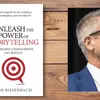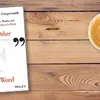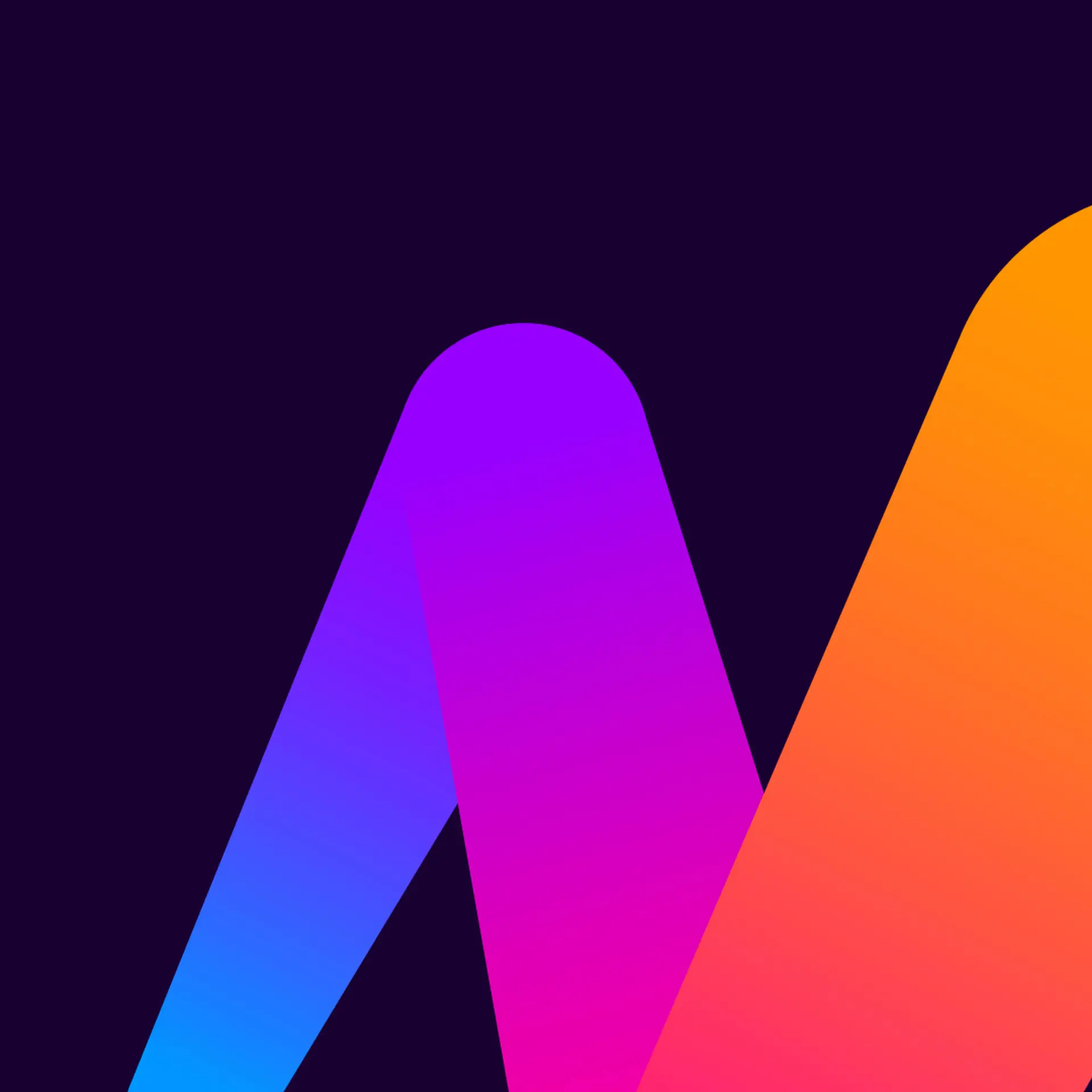From interesting to impactful: CII Global Knowledge Summit panel shares tips on effective storytelling
Three storytelling experts share a wealth of tips on what makes a good story, the role of stories in the COVID crisis and beyond, and how you can become an effective storyteller.
Business heads, management experts, and authors addressed an online audience this week at the CII Global Knowledge Virtual Summit 2020: Knowledge in the Age of Artificial Intelligence. This was the 15th edition of the annual summit, focusing on knowledge management and the evolution of the intelligent enterprise.

YourStory was the media partner for the summit in 2019 and 2020. See our article series, which includes Knowledge Leadership, KM in the Age of AI, Gamification, Knowledge Sharing in the COVID-19 Era, and Eye on AI.
YourStory also moderated the panels on Business Storytelling: Organisational Communication in the Knowledge Era, and Knowledge Excellence: Winners of the Global MIKE awards (Most Innovative Knowledge Enterprise).
The storytelling panel featured speakers from Australia and India: Gabrielle Dolan (author, Stories for Work), Sejal Vora (author, Data Storytelling), and Ramya Ranganathan (management consultant and professor). In a three-way chat, they shared a wealth of insights in the 90-minute panel.
Edited excerpts below:
YourStory [YS]: In a world of increasing automation, what do you see as the key role of storytelling?
Gabrielle Dolan [GD]: The key role of storytelling is to make sense of information, to help people understand and remember what you are saying. Sometimes the role is also to uncomplicate the complicated.
As technology moves at such an unprecedented pace, it is sometimes hard to understand. So storytelling becomes more critical to help people understand and remember your messages.
Sejal Vora [SV]: I see storytelling as an antidote to the challenges brought forward by automation. It brings in the much-needed human touch as stories have been our staple means of communication from time immemorial.
When we talk about automation or AI, one automatically visualises a black box – we don’t always know or understand what goes on in there and how it comes up with a certain result. Stories help make sense of this black box as the human brain is hardwired to understand and learn better from stories.
Ramya Ranganathan [RR]: In my college days, it was a professor, Ashok Jhunjhunwala, who told us stories about electronics and communication and made it interesting instead of boring. I used to think that storytelling is for art and literature, but the world of technology and art are different. But the two actually enhance each other.
Narrative drives everything. Data is useless without interpretation. Interpretation is an art, and storytelling helps the process. It can change how incidents of hostile takeovers and employee resignations can be interpreted.

YS: In these tough times of the pandemic, what have you seen as notable examples of effective storytelling?
GD: Obama Foundation did this well during the pandemic. Sharing what they called Stories of Hope showcased some of the Obama Foundation leaders doing good things to respond to their local communities.
There were lots of companies just sharing stories of the good things that their employees were doing. Marriot Hotel and Who Gives a Crap Toilet Paper are two I have seen. They were just spread on social media. Across April, I started to actively share positive stories I came across.
SV: Telling someone to do something doesn’t always work, showing it does. And stories are the best way to show. Governments and organisations across the globe have used the power of the narrative to get influence peoples actions and mindsets.
For example, if you tell some to wear a mask or stay indoors, the message might not go down that well. But when woven into a narrative that this is not only for your own safety but the safety of your loved ones, it is a message that hits home and thus drives results.
In the data context, if you look at the health ministry’s daily briefing, you will notice that even though they are collecting the same kind of data every day, the story they tell is different, although fitting into the overall narrative of how ‘India is successfully fighting the corona virus’.
RR: Stories are about personal interpretations, everyone has their own story, with different roles, characters, and actions. In the collective stories about the pandemic, there are roles like judges, victims, and creators.
This is also a time to reinvent one’s career during change and chaos. It is our choice to create the story and place ourselves in the story.
YS: What are some types of stories that you find most effective in internal change, and in improving customer experiences?
GD: Leaders sharing personal stories to communicate company values are the most powerful stories I have experienced. Most internal change fails because we focus on the logical reasons, but don't spend time engaging employees emotionally in the change.
The latest book I am writing is called Stories that Bind: How to connect customers and engage employees, because that is what good stories can do. They connect and engage people and bind them to your change project, your purpose, your values.
YS: As we get swept up in a world of data, what role does storytelling play in sensemaking and decision making?
SV: Gigabytes of data lying in our systems have no value until we are able to use it to make effective decisions. Every organisation and every department generates tons of MIS reports regularly, but most of this data does not even reach the decision makers higher up, thus lying unutilised.
The data that does reach them is in formats which take up their time in analysing and comprehending the data for themselves rather than providing a clear message. Data-driven decision-making is the biggest competitive differentiator in today’s world and storytelling can play a huge role in sensemaking and decision making.
YS: At an individual and organisational level, how can storytelling impact performance excellence?
RR: Storytelling is a part of managerial sensemaking and performance assessment. History and context affect the way contributions are interpreted and judged by you, your manager, and other stakeholders. A challenge is to have a performance-driven culture where there is no bitterness.
YS: Once a company builds up a corpus of stories (almost ‘story overload,’ like ‘data overload’), what kind of analytics can you apply to them for insights?
GD: I get really nervous when I hear someone talk about applying analytics to an organic form of communication such as storytelling. However, the stories shared by an organisation can provide tremendous insights.
Companies invest heavily in employee opinion surveys to determine what type of culture they have or how engaged their employees are. I could go and sit in a staff cafeteria or any shared common room and listen to the stories for a day and tell you what the culture is like and how engaged employees are. The stories people share provide real insights – the stories reflect the culture.
SV: My answer to this question would come in two parts. Firstly, analytics precedes stories in the world of data.
Secondly, at the organisational level, storytelling is at a very nascent stage and we are far from the stage where we can expect organisations to sit on a corpus of stories. In my field, most of the times I end up educating organisational leaders on what we mean by ‘Data Storytelling’ and how they can benefit from it.
RR: That is an entire body of field called qualitative research, based on soliciting and gathering stories and analysing them to derive insights. It helps understand and track patterns from first-hand, second-hand and all kinds of stories.
This feeds into quantitative surveys and feedback data. We should not forget that the persons filling out surveys have a story in their heads which they then refine into data. So it is important to use stories and not just surveys. Qualitative and quantitative approaches can enhance each other.
Businesses should pay more attention to stories, gather more of them, and analyse them better. Every business leader should make very good use of office stories. Every story has information, and learning from stories improves the signal-to-noise ratio.

YS: What are some issues you come across in storytelling across cultures and countries?
GD: Most of the challenges are very similar across countries and cultures and even industries to a similar extent. You will always have some leaders that think they don't need storytelling because they are dealing with data (finance and technology industries are more reluctant than others because of this).
You will always have some leaders more reluctant to share personal information. You will always have some people who think they are already good at it but are not.
The principles that are the same are that we are all human – and therefore we are all hardwired to tell stories and to listen to stories. The framework I teach – of how to start stories, what to put in the middle, and then how to end the story – I find works across any culture, country, or industry. Relevant stories connect us all.
YS: What are some emerging tools and frameworks in data storytelling?
SV: When it comes to data storytelling, most people are fixated on making it tools and technology dependent. In the search for tools, we humans underestimate the biggest tool we have in our possession, which is our own thinking ability.
None of the tools, technologies or automations can add value if we are not utilising the full potential of our own thinking power. I use simple storytelling frameworks that empower people to first use this tool.
Visualisation is the most effective tool to tell stories. And there a host of software providers that can help leverage on the fundamental storytelling skills. When people think of data storytelling, they think of complex visualisations and so most of them shy away from it.
Having said that, I believe that even with a pen and a paper, or a whiteboard and a marker, one can tell effective data stories. Tools and technologies might come with their own limitations, but there is no limitation on our mind's ability to think and create stories.
That is why in my training programmes and my book, I use frameworks that go to the essence of data storytelling. They give a foundation that has no limit.
YS: It seems easier to talk about successes than failures. How can the sharing of more such failure stories be encouraged?
RR: Psychological resilience and collective resilience are about bouncing back from failures, setbacks, and crises. Guided questions can help individuals and teams interview each other and come up with stories that address failures, causes, events and learnings.
Failures are multi-dimensional, and reveal multiple perspectives. Failure by itself is a social construct. For toddlers, failure in fact is feedback. Framing it, talking about it or admitting it does not come naturally to adults because of social conditioning.
But more people are coming out and talking about it. For example, Princeton professor Johannes Haushofer published his 'CV of Failures' online, which included a list of his papers which were rejected.
True leaders share failure stories to explain who they are. When senior managers share such stories, it can encourage younger employees to be comfortable with sharing their own failure stories.
Just because we have been conditioned and socialised to not embrace failure due to perceived stigma and shame doesn't mean it can’t be challenged. It can, and teams can change in the way they decode, discuss, and learn from failure. Silicon Valley looks at failure as learning experience.
YS: Having discussed the advantages of storytelling, what are some persistent myths and misconceptions that you have come across, in terms of how organisations view storytelling?
GD: I see three persistent myths.
1. A story takes a long time to tell. But done properly it shouldn't, and I suggest it should go no longer than two minutes.
2. That we don't need a story because we are in technology or finance or science. I find that these highly technical or academic areas need storytelling the most to bring their information to life.
3. That it can’t be taught – you are either a natural or not. This is one of the biggest myths. Of course, some people are naturally better at it than others – just like some people are naturally better at cricket than others. But with the right teaching and commitment to practice, we can all get better at it.
SV: The myths and misconceptions I come across are the fixation on tools, and viewing visualisations as only complex jazzy images. People also under-appreciate the need and importance of data storytelling.
RR: Many people think storytelling belongs only to the creative field and creative people, but it applies to all, and can be logical.
Some people also believe that stories need to have a takeaway or moral in order to have value. But leaving out the ‘so what’ leads people to derive meaning on their own as they figure things out. Thus, they actively create knowledge in the process, and magic can happen.
Another myth is that stories have to have an ending, which could be happy or sad. But in real life, stories have no ending. In fact, the COVID story seems to have no ending. Stories are fluid with changing roles, characters, and perceived values. People should get used to being uncomfortable with that.

YS: There is a lot of work being done these days around 'narrative intelligence,' or being able to see beyond stories and messaging to larger trends and shifts (eg. human versus machine; human versus nature/virus). What are some of your thoughts on the importance of narrative competency?
RR: Repetition can reinforce our perceptions, as seen in the world of advertising, for example. Stereotypes and mental models are renditions of repetition, and not necessarily of reality. As human beings, our brains are programmable devices.
But machines don't have to be programmed that way. Hopefully, machines can be programmed to reduce or not repeat human biases, provided appropriate cautionary approaches are taken. It is important for tech developers to interact with other disciplines like social science in this regard, and avoid bias.
SV: Narrative is contextual – our biases, experiences and perspectives can influence the narrative we chose to create. When it comes to data and analysis, objectivity is of paramount importance. That is why it is imperative to understand the organisational or business context when creating data stories.
With respect to AI and machine learning, although it is a machine processing the data, the data that it is processing is not free of our own biases, hence in some way or another the same biases and perspectives come into play. This is a challenge that programmers must duly consider.
GD: To me, narrative intelligence or competence is about being able to interpret the story at a higher level than just is what is being said. A story can be interpreted in many different ways. There are so many nuances with stories: Is that the real story or a convenient story? Or their version of the truth, or their interpretation? Why did they share that story, and not the other story? What's behind that story?
So it's about looking at all the stories that are shared and perhaps even the ones that are not shared, and determine what the overall narrative is of that. When it comes to humans versus machines, I am not sure if a machine could do that. But there was a time we thought a machine could not play chess, so who knows!
ALSO READ

YS: What are the limits and shortcomings of storytelling?
GD: A story is not going to convince a hundred percent of your audience a hundred percent of the time. So there are times where you tell a story and it won't convince everyone.
YS: How should people not to take it personally when they hear something they don’t like in a story?
RR: People should accept that there are different points of view, and that one person’s story is their perspective and not the objective reality or the truth.
YS: Is there certification available for storytellers and data storytellers?
SV: There is certification in data science, but not for data storytelling.
YS: Does storytelling change across generations?
RR: Many stories remain the same, but the way they are told changes. Look at the adventure moviemakers. They keep taking the same story and changing it, making it a fascinating experience for the next generation. The essence has to make sense to that generation.
YS: Does mind-mapping help in data storytelling?
SV: Yes, mind-mapping is a powerful tool for visual storytelling.
YS: What can you do to make storytelling have a long-lasting impact, and not just a short one?
GD: Usually, you do have to keep changing the story to have impact for different times. But sometimes, stories can have long-lasting impact, such as the one about a CEO who walked two kilometres to return a shopping trolley he found. This incident happened 40 years ago but the story is still told in the company today.
YS: In sum, what are your tips to the audience on how to make storytelling a part of their lives and work, and benefit from it?
GD: Invest in learning the skill. Believe me, it is not as easy as you think. I have a free seven-day storytelling starter kit on my website that helps people get started on how they can use storytelling personally and implement it in their organisation.
SV: Remember that context is king. Create a story or narrative that is strongly backed by data. Don’t get fixated on the tools. Storytelling is very simple – use it anywhere and everywhere.
RR: Do your homework. Also remember that the way your story is received may not be the way it is told. The audience is creating a different story in their mind when they process your story. So, remember to infuse your story with enough strong key elements that get picked up by the audience.
You have to practice, but accept there is no guarantee that what you communicate will get across the way you want.
Edited by Megha Reddy











